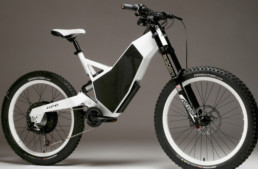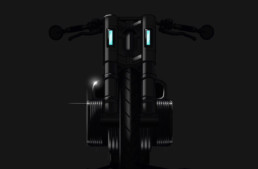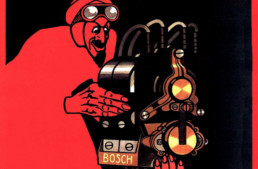The Current: HPC Revolution
Would you buy a $17,000 Bicycle?
“It’s hard to talk to girls when you’re all sweaty and sticky.” Remarks Chris Hunt. Hunt and his brother Derek co-founded Hi-Power Cycles in 2008. “I was riding to school at UC Davis in 2004 and when I got there I was a sweaty mess.” Hunt explains. “So, I bought an electric bike, but I was getting passed by people on pedal bikes.” This was not good enough for Hunt who eventually increased the power on that bike to 36 volts and added some 40 lbs of batteries. When people started asking him about his contraption he had to explain that it wasn’t something you could just buy at a store.
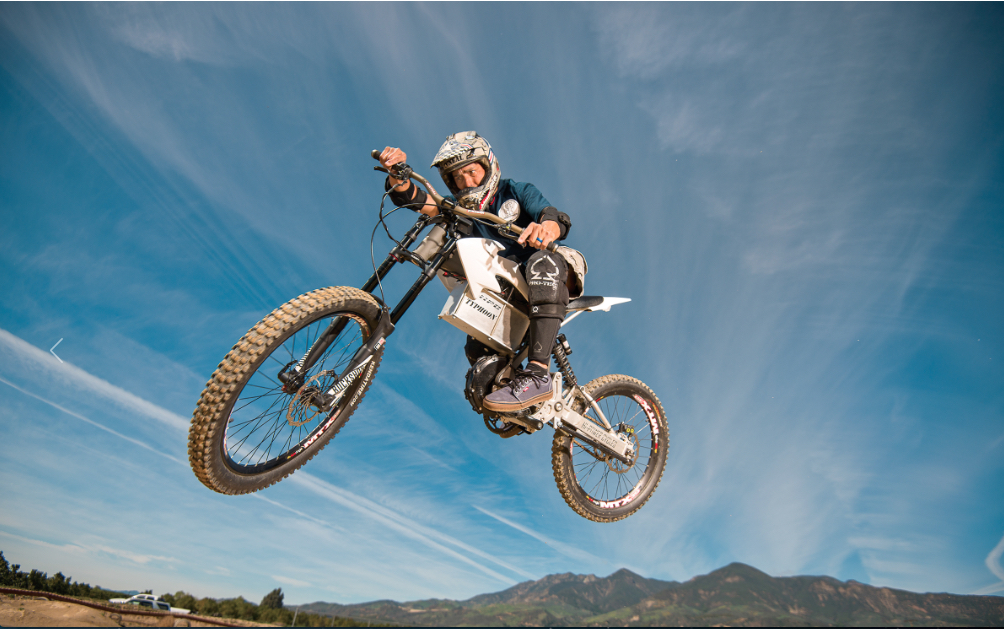
A few years later, Hunt transferred to Occidental college to pursue a basketball scholarship. Although he was majoring in economics, he was picked to work on solar powered surrey project. Then fate intervened by way of a physics professor named Adrian Hightower. Hightower encouraged Hunt to try to make a career out of building things. When he sold his first homemade electric bike on eBay for a couple thousand dollars he began to see the possibilities.
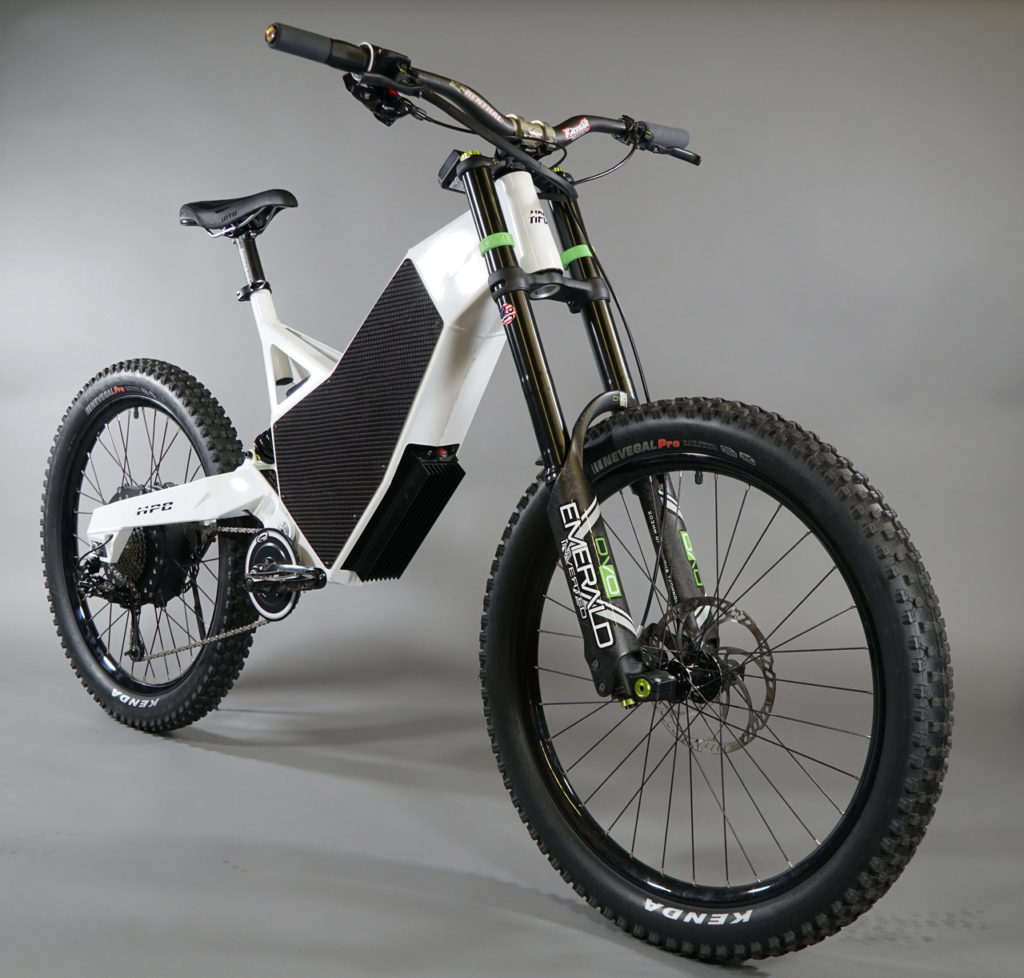
Nearly ten years later, Hi-Power Cycles has 12 models for sale. The most extreme of which is called the Revolution. It’s a monster of a bike and it comes at a monster price. The most expensive version with 7,000 watts of power, custom tuned suspension, 100+ mile range, upgraded lighting system, and a charge time of 2.5 hours costs $17,600. Despite the price tag, which gave me serious sticker shock, Hunt tells me that the Revolution is their best seller. So, what is their second-best seller? Their most affordable model.
The Design
Unlike other e-bikes that simply mount a motor on the frame leaving space between the crossbar and the down tube, the Revolution presents a more solid body. It’s closer to a dirt bike than a bicycle and built to withstand punishment. “We want to make the highest quality product that we can.” Says Hunt. This is why they try to source as many parts as possible from companies in the US and assemble every bike in California. Most of the batteries are bought from Korean or Japanese companies because the domestic offerings aren’t quite as good yet. But they have managed to use enough American made components to safely give their products the “Made in the USA” stamp of approval. “We’re proud to be able to spend our money here and help keep Americans employed.” States Hunt. They didn’t set out with a goal of making everything in America, but it happened and they are leaning in to it.
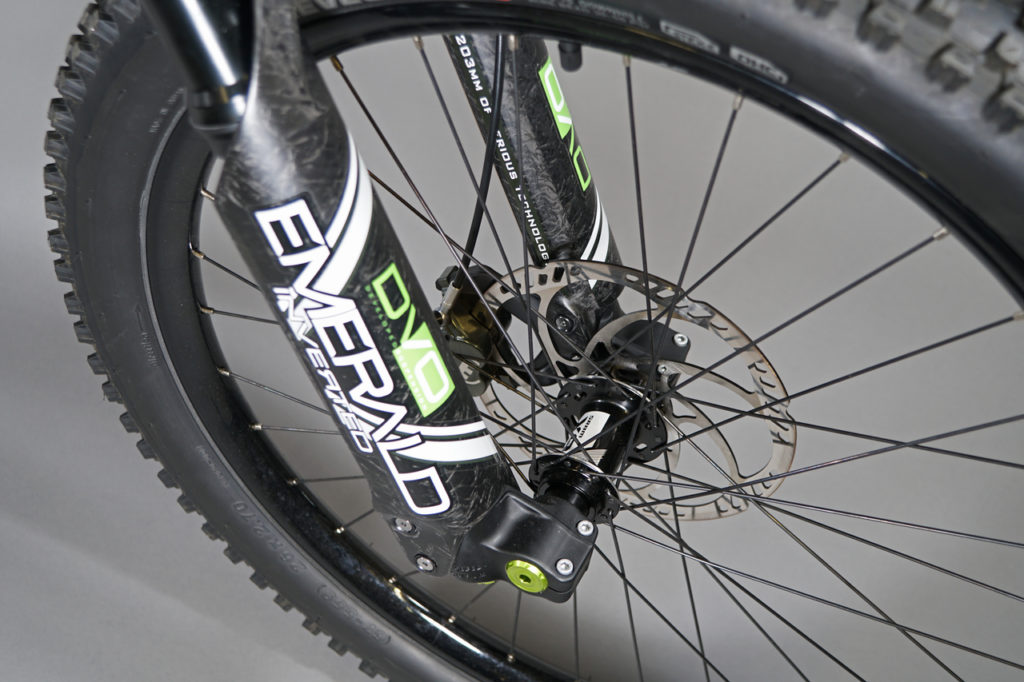
Those high-quality components may account for the high price tag, but they yield a machine that will do a max speed of 60 mph. “Yes, it’s listed at that,” explains Hunt, “but it’s not meant to be sustained. It’s good for climbing hills or impressing your friends, but that’s about it.” Still, that is bordering on dirt bike territory.
The Big Question
Where is the line between dirt bike and mountain bike? It’s a question that will be coming in to focus more and more as e-bikes get lighter and faster. Right now, the regulation states that anything that stays under 20 mph is considered a bicycle. “We ship all our bikes with a limiter on it that caps the speed at 20 mph. But if someone has a big ranch or wants to take their bike out on trails, they can call us and we’ll explain how open it up to 60 mph.” Hunt and his team rely on the good sense of their customers to not abuse this function. But I can’t help to think that some government bureaucrat will eventually reach-in and regulate machines like this. Hunt speculates that there may be a new class of license to accommodate this new category of bike of that blur the line between bicycle and motorcycle.
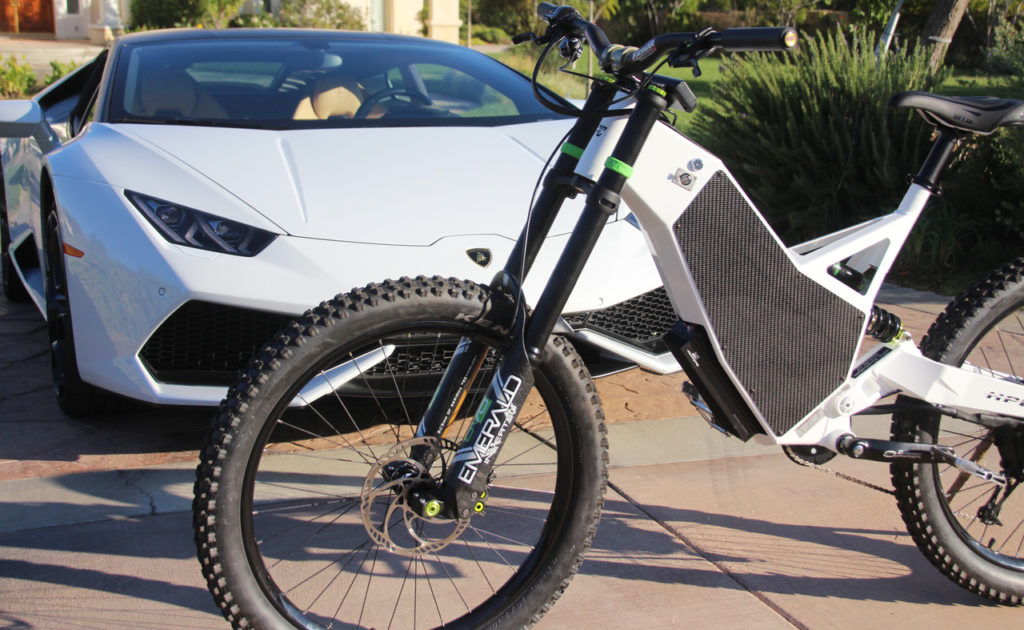
NEW CARS YOU CAN BUY FOR THE COST OF AN HRC REVOLUTION
Fiat 500, Ford Focus, Hyundai Elantra, Nissan Sentra, Toyota Yaris.
But you wouldn’t have nearly as much fun!
[Photos: Hi-Power Cycles, Ltd]
The Current: Confederate No More - Meet the Curtiss Motorcycle
Words: Michael Wilson (with Paul d'Orléans)
Confederate. The dictionary defines it as ‘united’, but its meaning in the USA is anything but. The declaration of the Confederate States of America in 1861 led to the Civil War, around a Million deaths, and the end of slavery as a legal institution. After 150 years, monuments honoring the Confederacy are still being removed from public spaces. So why on earth would you name your company Confederate motorcycles?
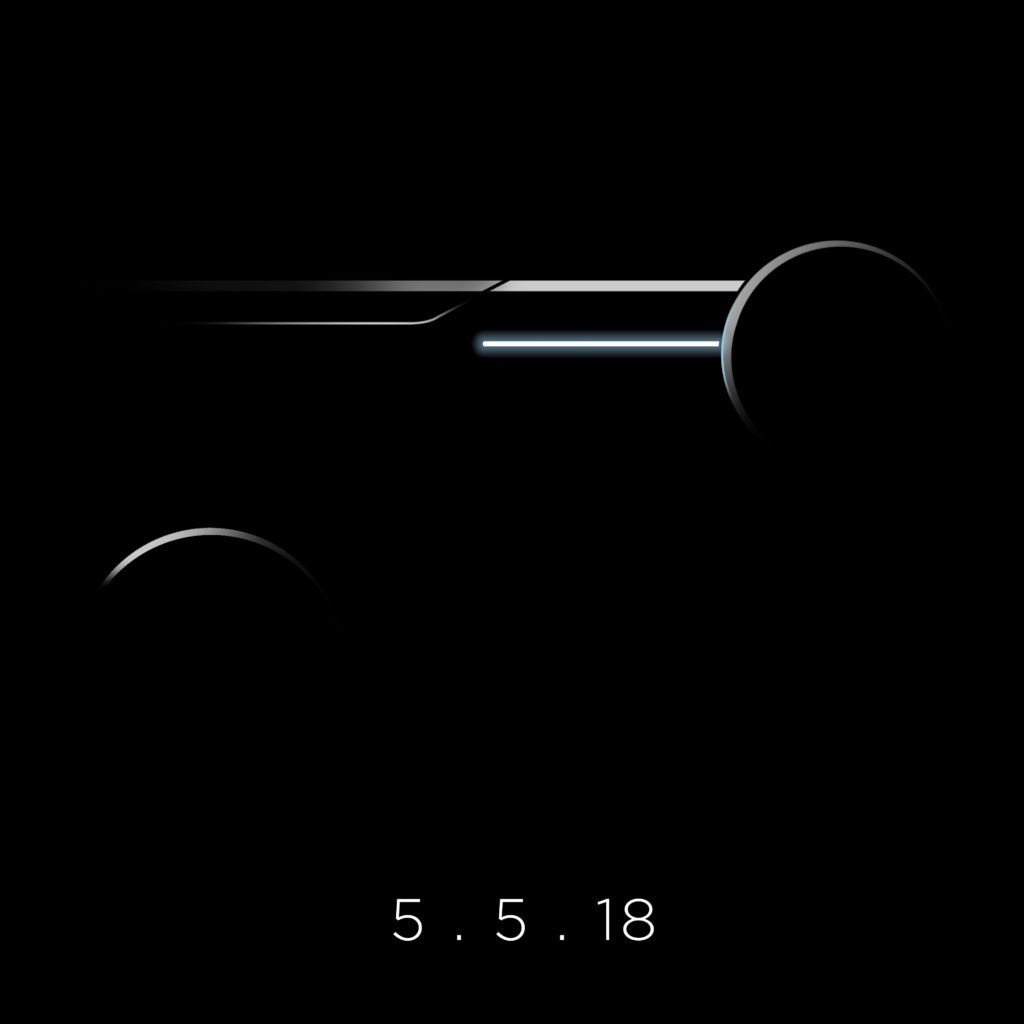
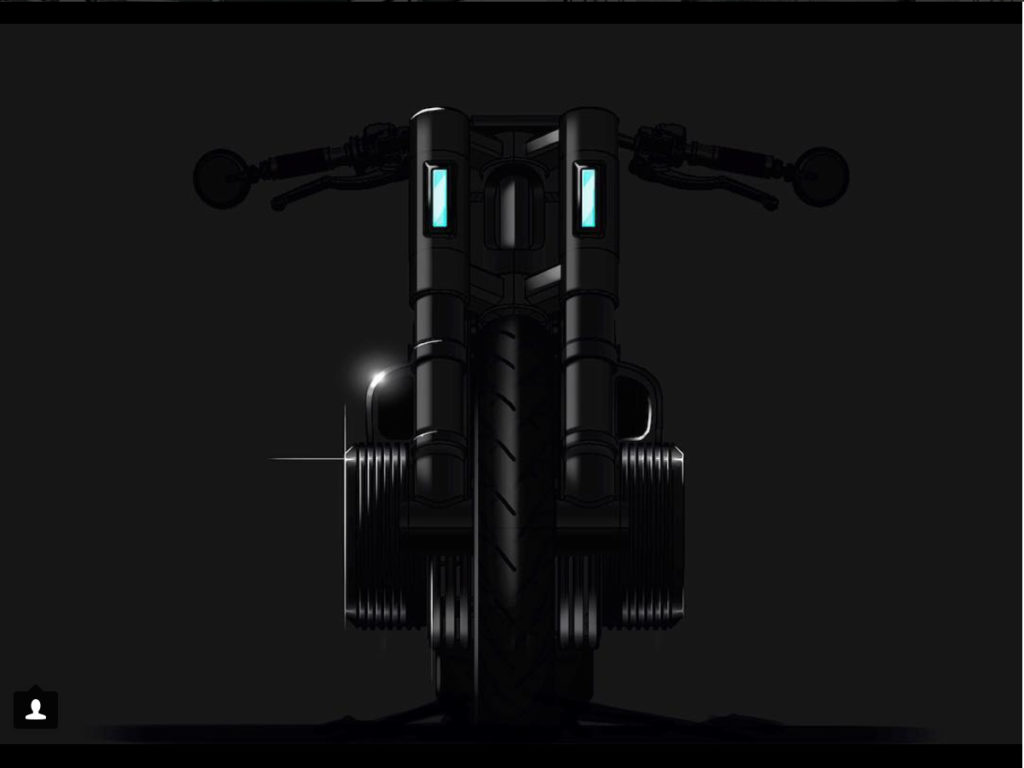
After 26 years of badass, noisy, and aesthetically outrageous custom V-twins, Confederate motorcycles has chosen to reinvent itself as the Curtiss Motorcycle Company, with an intention to build only electric motorcycles, starting in 2018. “We were just drawn to the torque,” says Jordan Cornille, Director of Design at Curtiss. “Confederate has always been more about torque than raw horsepower. We really do believe that in terms of power and torque in addition to the sustainability aspect, electric power is the future.”
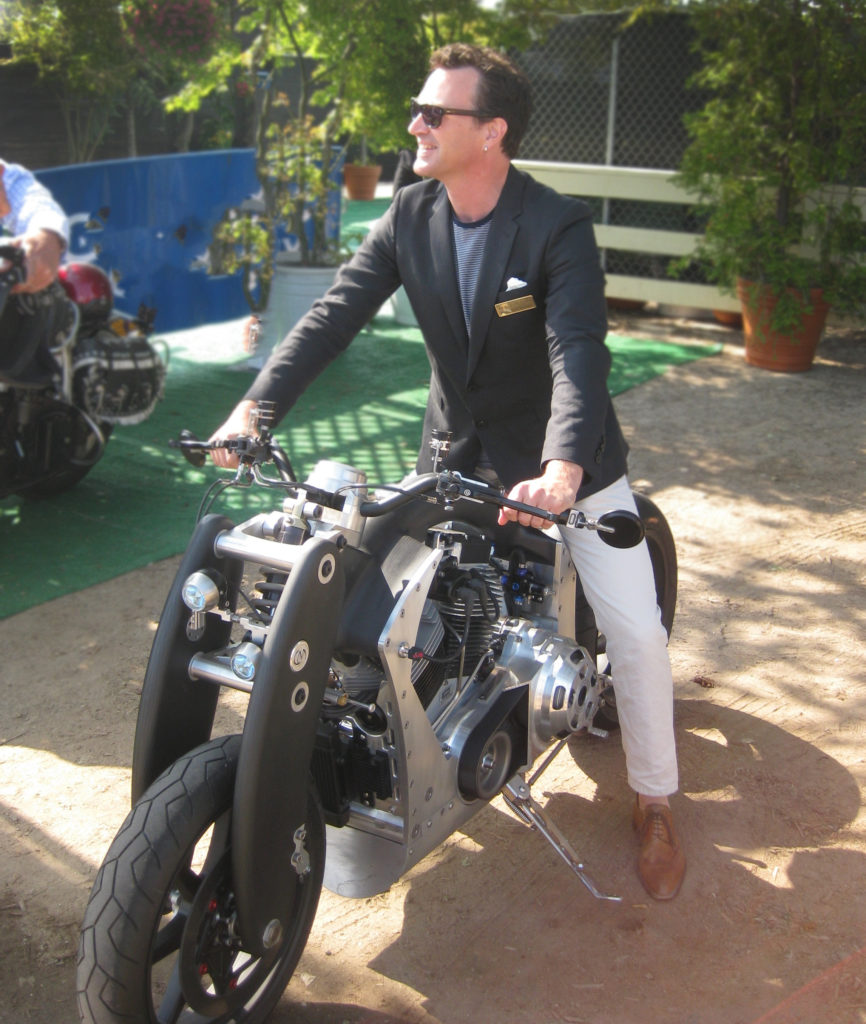
From Arthouse to Design Studio
The Confederate business model has always been ‘boutique’, as Cyril Huze recently declared, producing a limited number of high-priced machines that were presold before the first bolt was turned. This allowed them to take huge risks when it came to design, and several were simply epic – the Wraith and the Fighter in particular. With new designer Jordan Cornille, Curtiss is pivoting to produce more bikes at lower costs with a design that’s more appealing to a greater number of people. “When you see a Curtiss motorcycle, you’ll know it was done by the same team as the Confederate bikes.” says Cornille. “But they are going to be less aggressive and less polarizing. We are transforming from an arthouse who builds bikes to elicit an emotion, to a design company focused on solving the problem of urban mobility.”

What does this radical-yet-practical electric machine look like? We don’t know; Curtiss is building up mystery and intrigue, and has indicated their grand unveiling will be May 2018 at the Quail Motorcycle Gathering. So far, they’ve published two teaser images cloaked in darkness. We hope they make something wildly futuristic, rather than an electric bike that looks like a ‘normal’ motorcycle. There’s nothing wrong with normal, but wouldn’t it be exciting to manifest the forward-thinking soul of electric motorcycles?
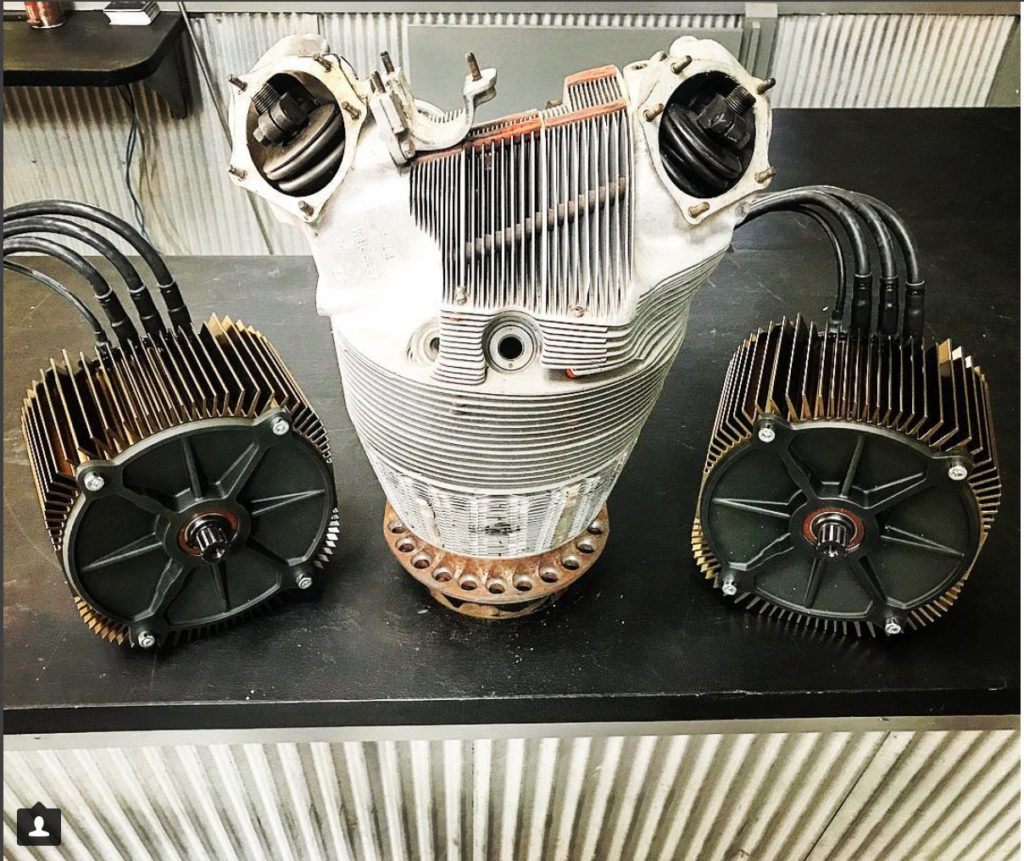
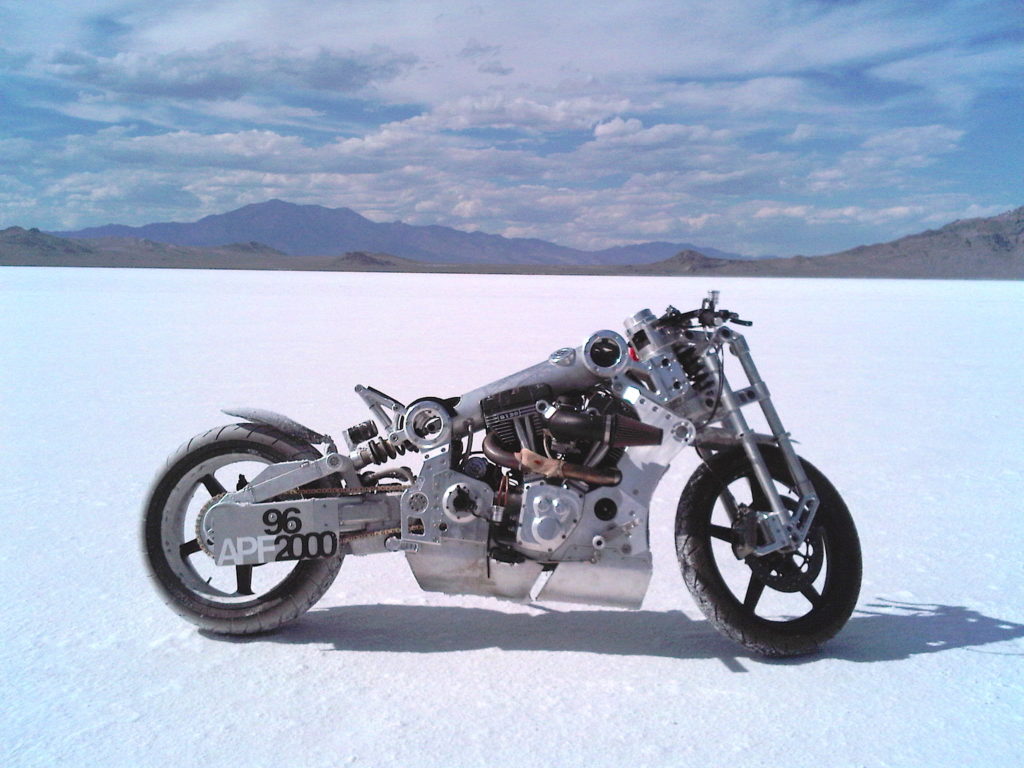
The Current: Future-Proof (Part 1)
FUTURE-PROOFING THE MODERN MOTORCYCLE, by 'The Current' editor Michael Wilson
Transportation isn't a simple gas up and go, point A to point B equation anymore. Now cars drive themselves, travel for hundreds of miles without gas, and soon won't have a steering wheel at all. And though the future of transportation is currently obsessed with humanity's conveyance of choice—the automobile—motorcycles and scooters will play a big role as cities grow denser and green living transitions from a fringe lifestyle to federal law.
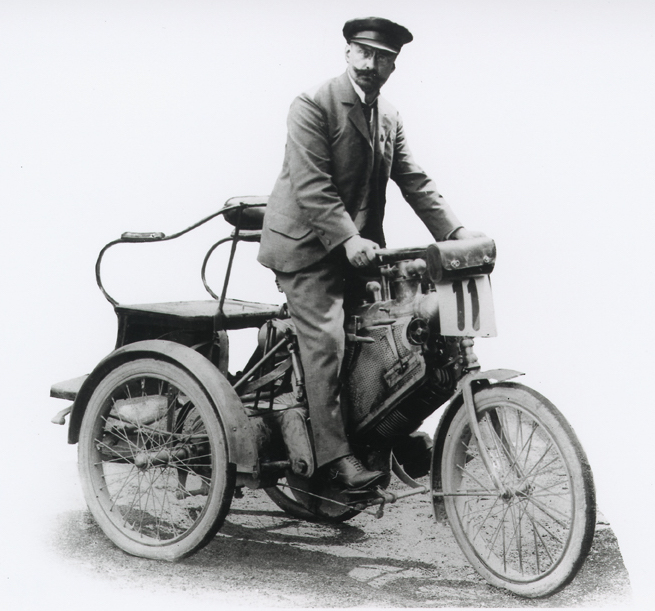
To catch a glimpse of this future, Bosch flew me out to the green hills of the German countryside to visit its Mobility Solutions Proving Grounds in Boxberg. Although you've never ridden a Bosch-branded motorcycle, it's more than likely that you've seen a bike being secretly powered by Bosch. The company even provided parts for some of the very first bikes, including a low-voltage magneto ignition device, created in 1897, for the electric-igntion De Dion-Bouton tricycle, the most successful European motor vehicle in the late 19th century.
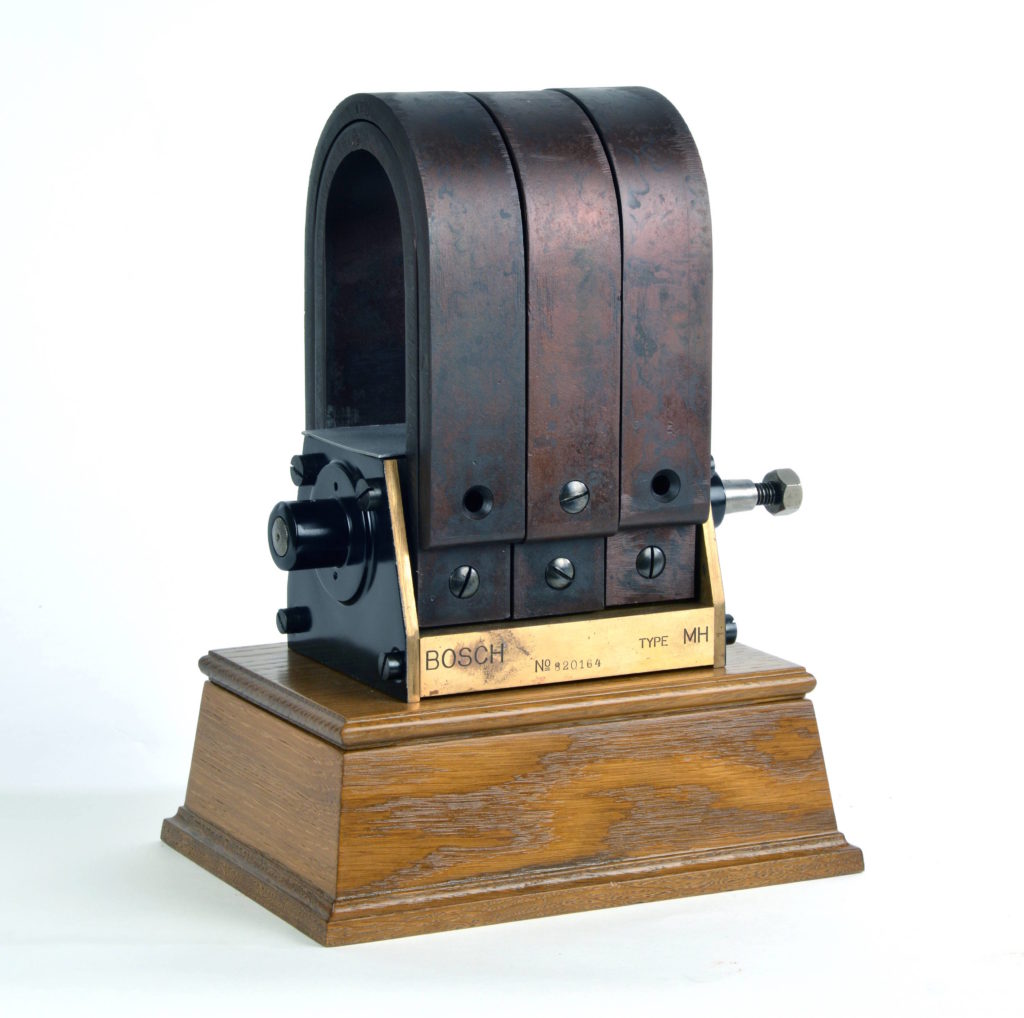
But despite their 150-year history, motorcycles have lots of room to grow. Nearly 750 people die in motorcycle accidents every day, riders are 18 percent more vulnerable to accidents than drivers, and nine out ten motorcycle accidents are due to human error. Bosch is trying to shrink those numbers through technology that could find its way into millions of future bikes. Here's how they're going to do it.
The Best Rider is a Safe Rider
Motorcycles, by design, leave their rider exposed to accidents due to the physics of where the rubber meets the road, so how can technology improve what seems like an inherent flaw? Try making the bike smarter, starting with an anti-lock braking system. One of the first things any new rider learns is not to use the brakes in a corner because it reduces traction and can result in a low-side crash. It's not a good situation, and it can be a fatal one, leading to the majority of motorcycle accidents every year.
But Bosch is trying to make this fatal tendency a thing of the past. With advanced monitoring units, they can compute lean angle, speed, and position, so if you need to hit the brakes when Bambi darts out into the road, you'll maintain traction, and most importantly, not die. "If you look at the technology that has been used in cars over the last 20 years, you can see a definite trend of fatalities decreasing over time," Bosch's Tony Szczotka told The Vintagent. "That trend isn't the same for motorcycles because the technology has only now started to show up." When Bosch applies this same ABS technology sans curve, it triggers what the engineers lovingly call the rear wheel lift mitigation system, basically a very German way of saying a "stoppie" stopper. You've likely seen this pro-level motorcycle trick before, a rider lifts the back wheel off the ground while coming to a slow rolling stop—Bosch's tech eliminates this completely.
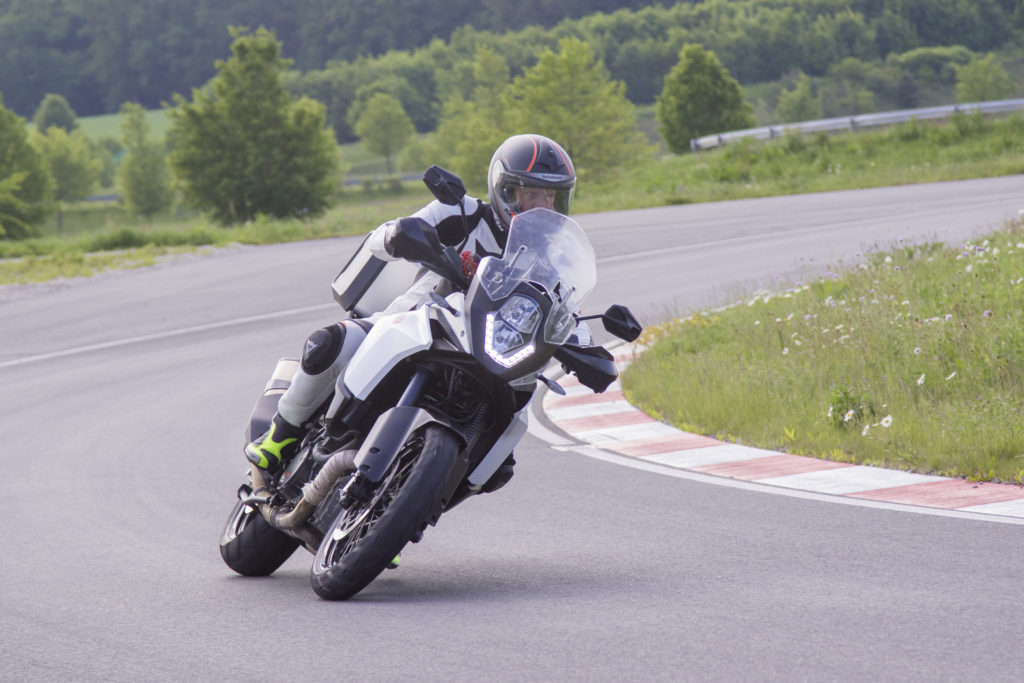
I watched former AMA Superbike racer Mark Miller try to peel his back wheel off the pavement on an Aprilla Tuono, but it just didn't happen. The bike wouldn't let him. These same stability control sensors also serve a helpful function when a rider is stopped on hill. Heavier bikes can be hard to keep from rolling on steep inclines when adjusting something on your helmet or jacket. The Hill Hold Control will active when the Initial Measurement Unit receives a longitudinal signal greater than 10 percent, the gear position isn't in neutral, and the engine is running. Ranging from 5-9 seconds, this control offers just enough time to fiddle with whatever you're doing and get back to riding.
